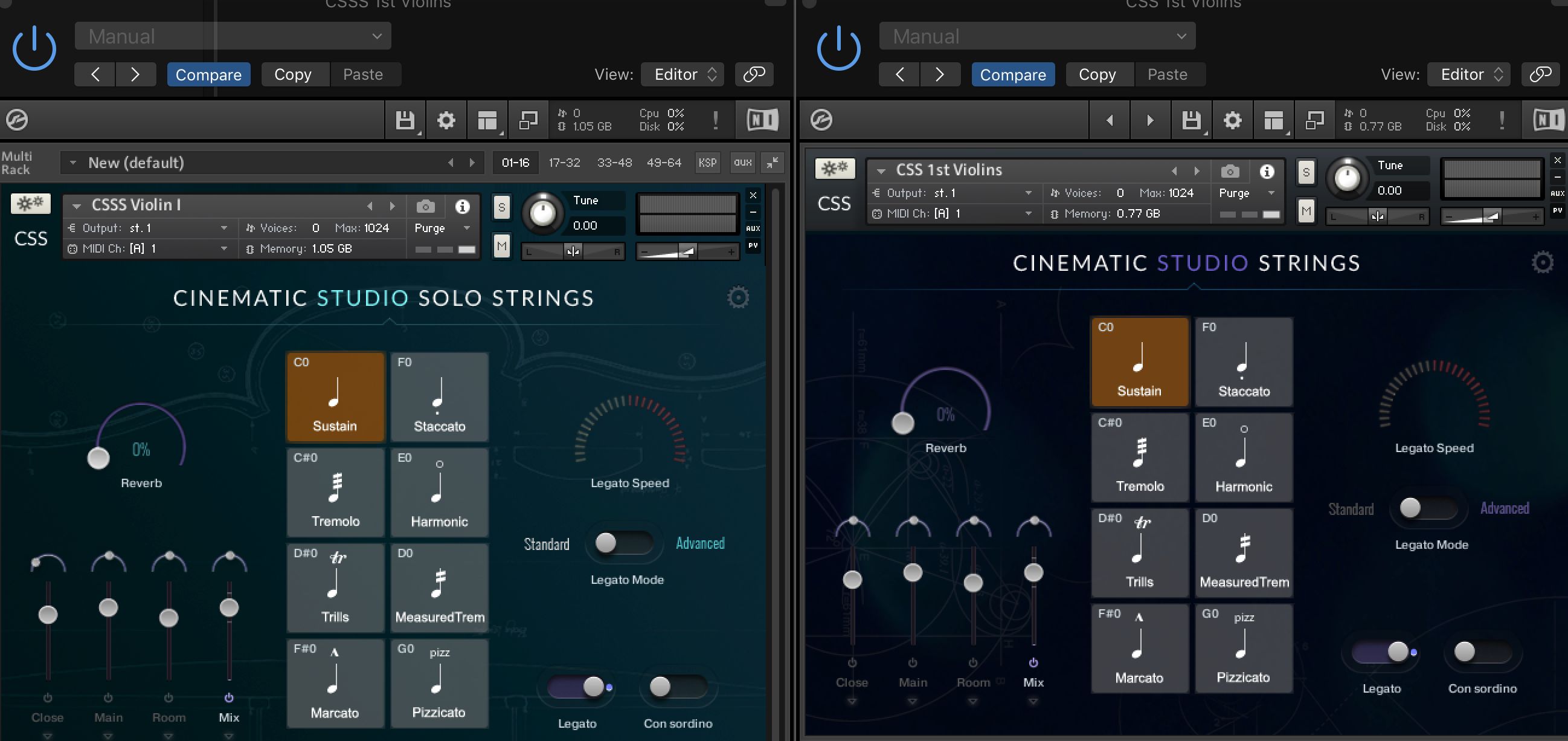
zip files into the same sub-directory, “Virtual-Playing-Orchestra3” for example). zip files need to be unzipped in the same place and in the same way (i.e. You need to download the “Wave Files” plus at least one of the “Standard Orchestra” sfz scripts or the “Performance Orchestra” sfz scripts (depending on how you want to control the sounds) then unzip each zip file in the same place and in the same way as you did with the wave files, or wherever your DAW (digital audio workstation) can find the files you unzip. The scripts configure the use of the wave files. CSS is a joy to work with.Virtual Playing Orchestra consists of 2 parts: wave files and scripts. But CSS, no doubt in my mind, takes things to the next level, if not several levels above. There are other libraries that cover specific areas better than CSS, but CSS has the best on most uses, and has the best legato quality. Meaning that lines speak-out really well through a thick texture, because of the different legato speeds available.įor me it is also #1 String Library overall. The legato quality on CSS is amazing, and feels musical to my ears. I could not get the same quality and musicality on a piece programmed with CS2, as I do on CSS. Cinematic Studio Strings, rates high on all these.

But also, when I love a library it is usually not only for their features (which are AMAZING anyways in CSS) but also and more so for the overall quality of the sound it produces, and the ease-of-use. It is more advanced as said on the previous post for the reasons he stated.

The only other option that most other libraries give the composer is a portamento transition that's usually way too soupy! That gives the library enormous flexibility to do fast legato lines, runs, emotional cantabile phrases, everything as seen in this mockup of a John Williams piece produced by me & other libraries I quickly notice that it's exactly the same length legato transition over and over, which isn't realistic. Shown off well in this original composition by legato transition speeds are discrete - they're actually different samples, not the same sample chopped to different lengths based on some CC input. The short articulations are very well programmed and interchangeable. 4 distinct legato transition speeds (fast, medium, slow, portamento)ĬS2 still sounds great, it's one of the better libraries out there, but CSS is #1 for me (of publicly available libraries, anyway.) because of those two features.4 distinct short articulations (spiccato, staccatissimo, staccato, short sforzando).I agree it's more advanced, the two main reasons are.


 0 kommentar(er)
0 kommentar(er)
